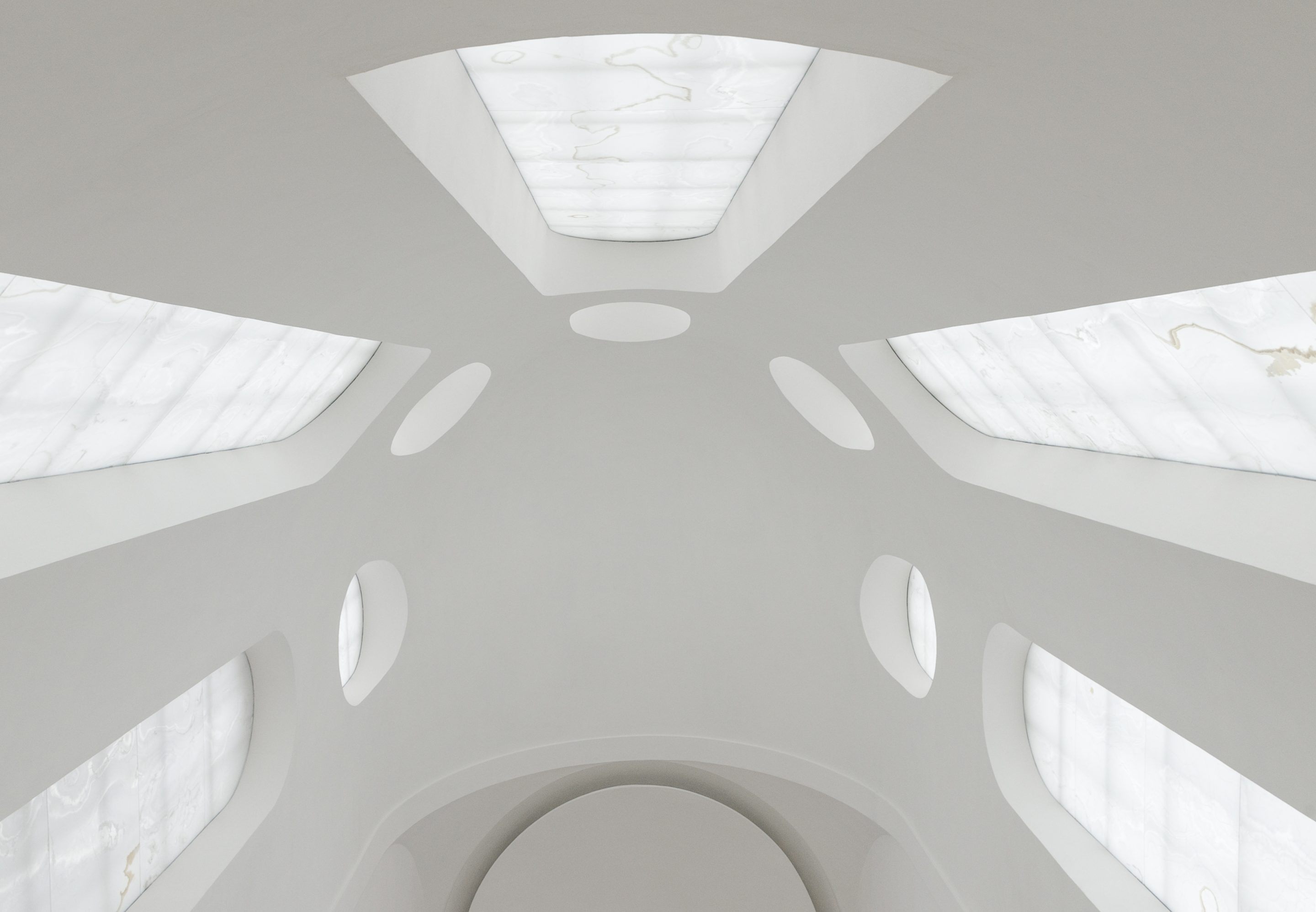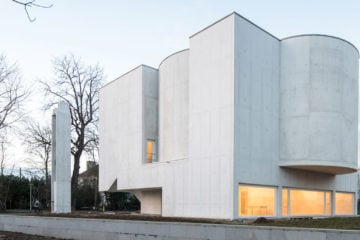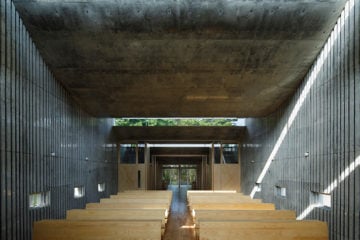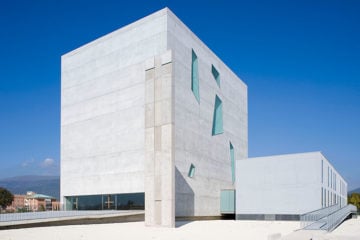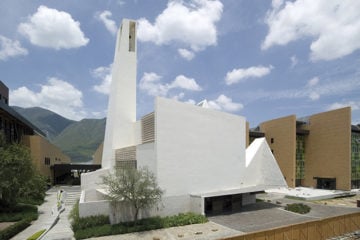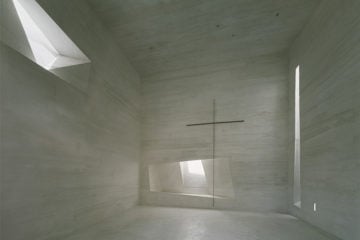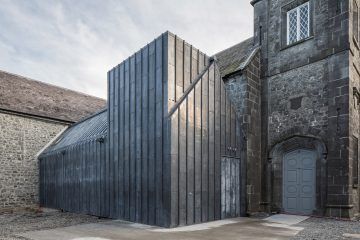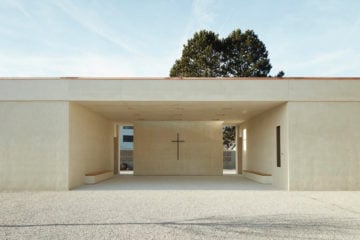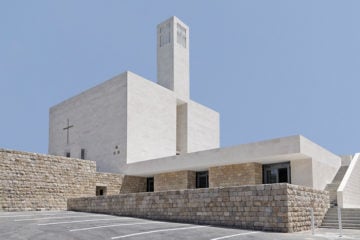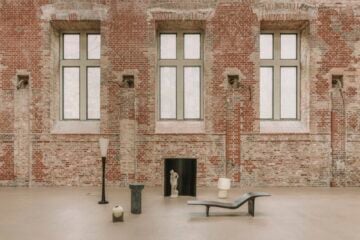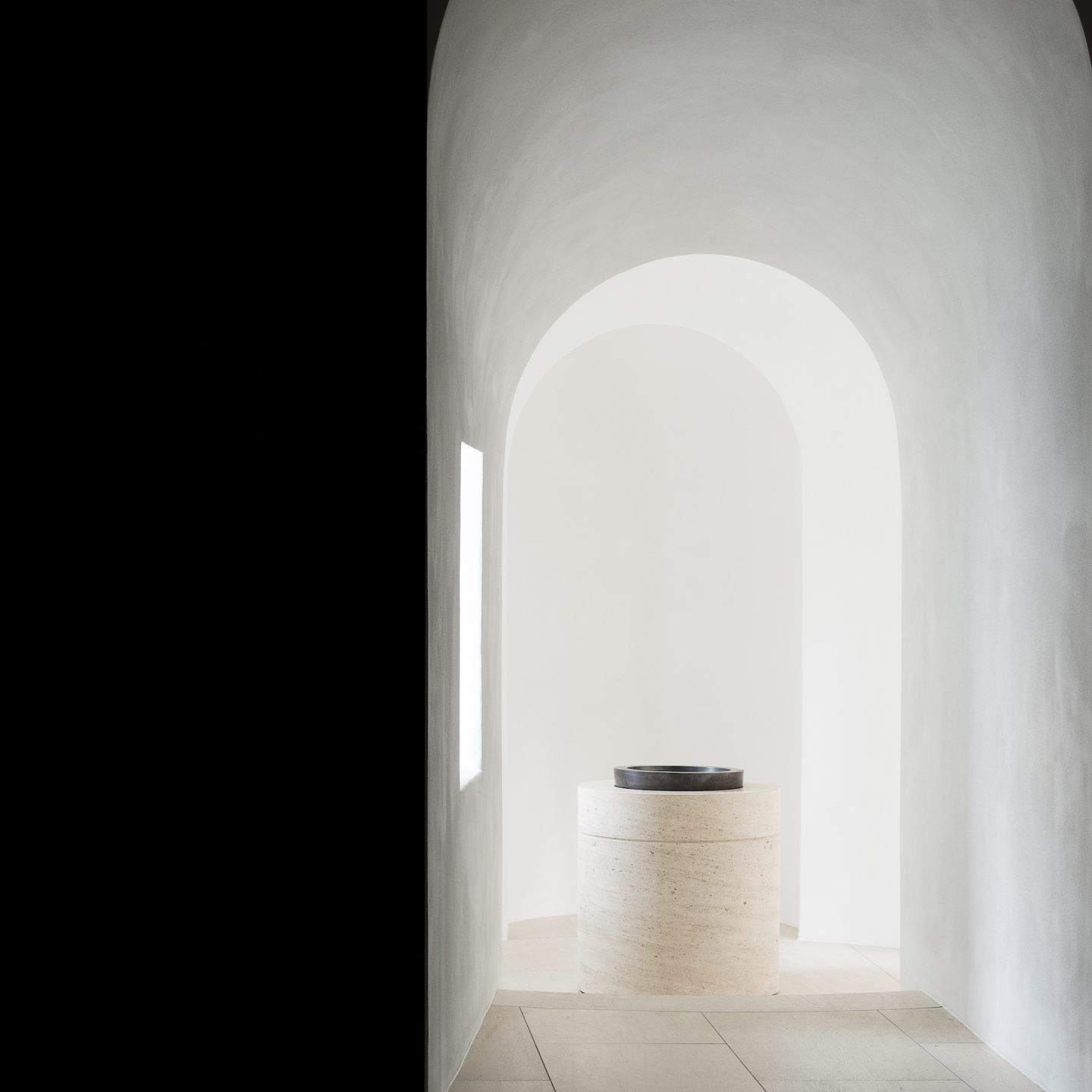
John Pawson’s Minimal Restoration Of St Moritz Church
- Name
- John Pawson
- Project
- St Moritz Church
- Images
- Gilbert McCarragher
- Words
- Steph Wade
British designer John Pawson’s remodel of ‘St Moritz Church’ in Augsburg, Germany, is a meticulous yet pared-back example of minimalism in public architecture.
Like many monuments in Germany during World War II, ‘St Moritz Church’ was heavily bombed; damaged almost beyond repair. Only its outer walls remained, and at the end of the war, German architect Dominikus Böhm oversaw the aging structure’s restoration—transforming the church into a more simplified version of its former design. “The church of St Moritz has been through many changes since its foundation nearly a thousand years ago. Devastating fires, changes in liturgical practice, aesthetic evolution and wartime bombing have each left their mark on the fabric of the building,” explains a statement on the John Pawson website. Pawson’s team undertook the latest intervention, which required they “retune the existing architecture from aesthetic, functional, and liturgical perspectives, with considerations of sacred atmosphere always at the heart of the project.” The restoration involved stripping back selected elements of the church’s complex design along with clearing away a certain amount of artefacts to achieve a “clearer visual field”. Both the altar and floors are finished in Portuguese limestone, and the stained wood of the organ and choir stalls provides a strong contrast with the minimal, white interior. The church features slices of limestone covering the windows, so as to diffuse harsh light to provide a “haze of diffused luminescence”, for a more subdued environment.
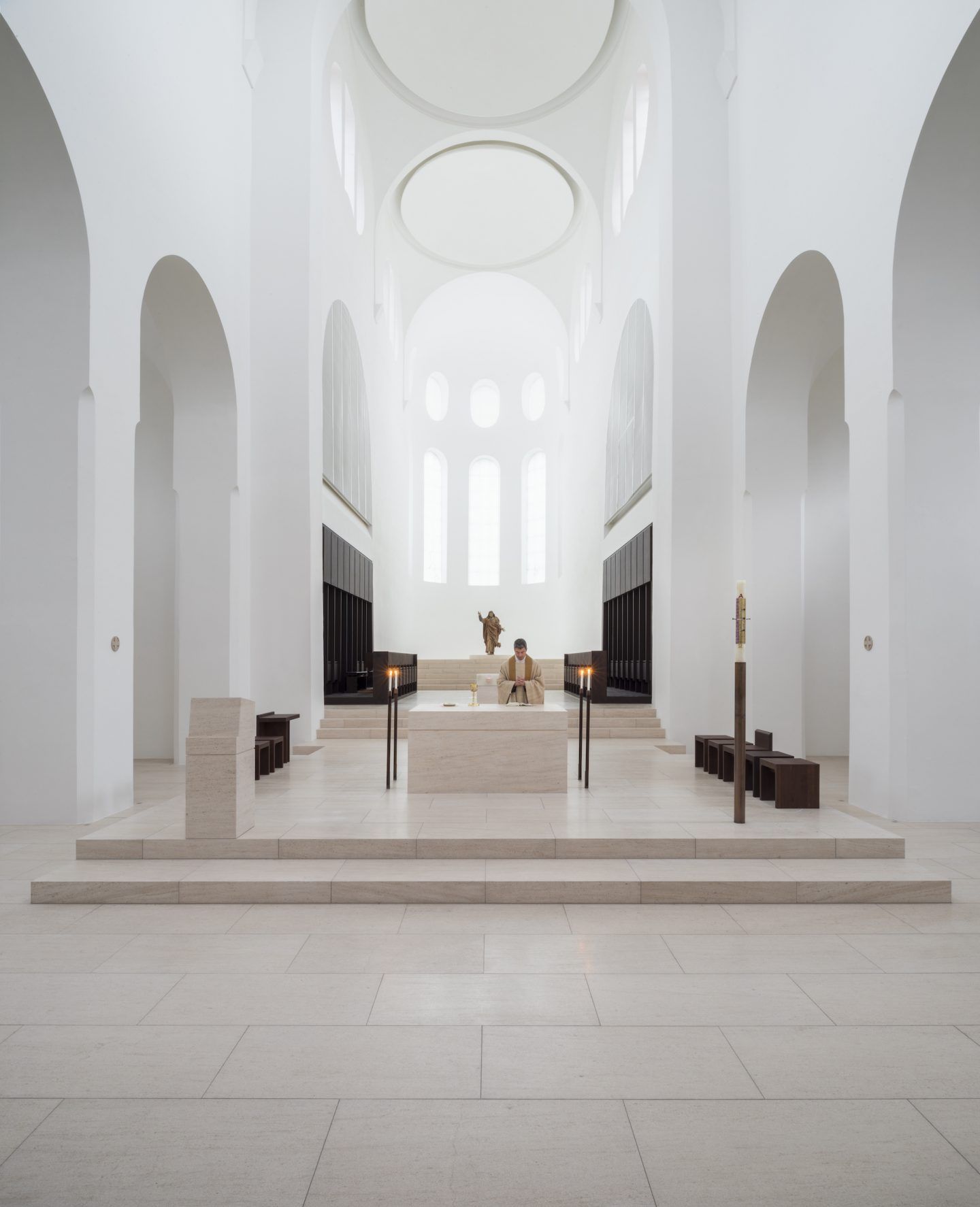
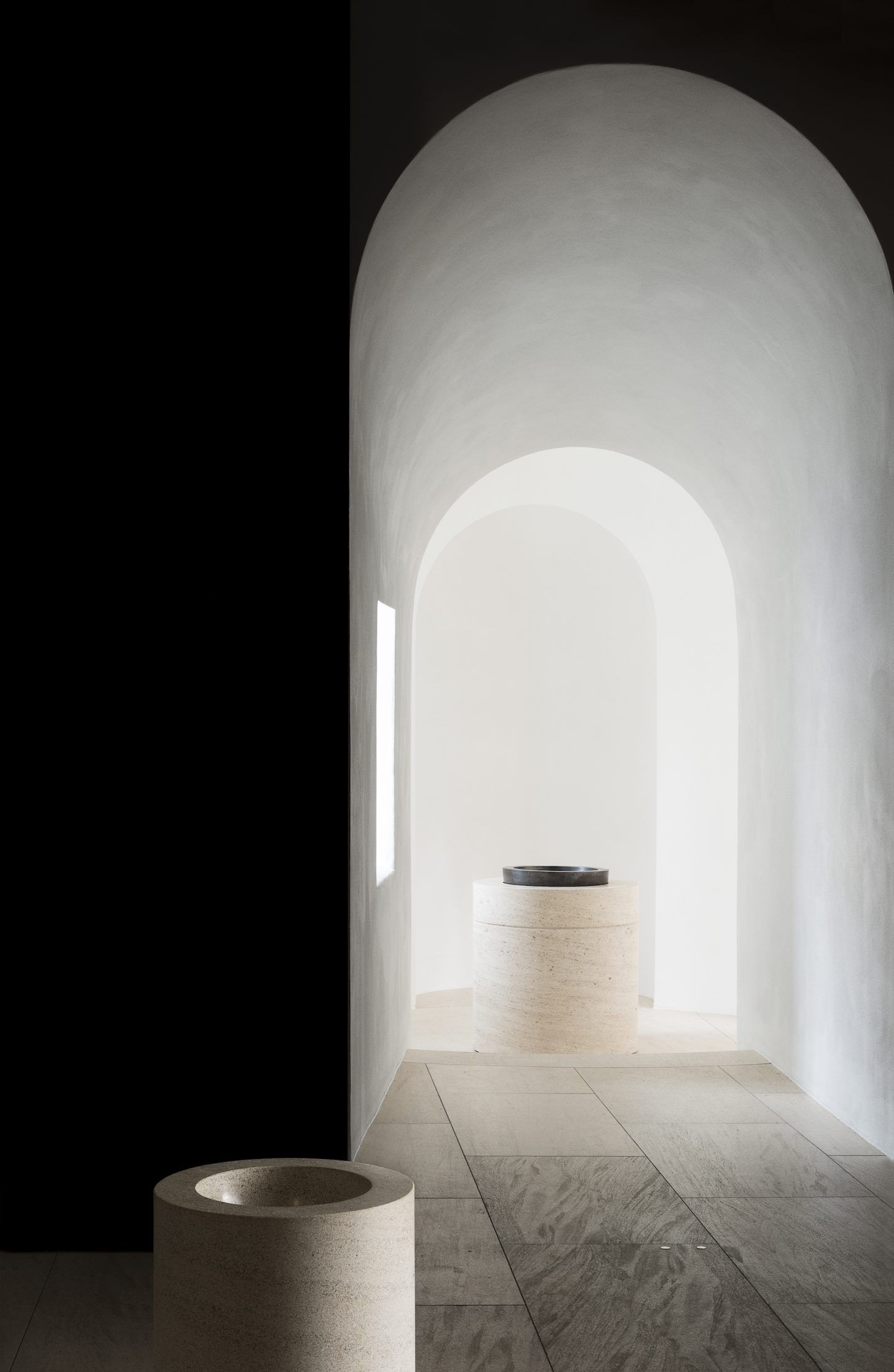
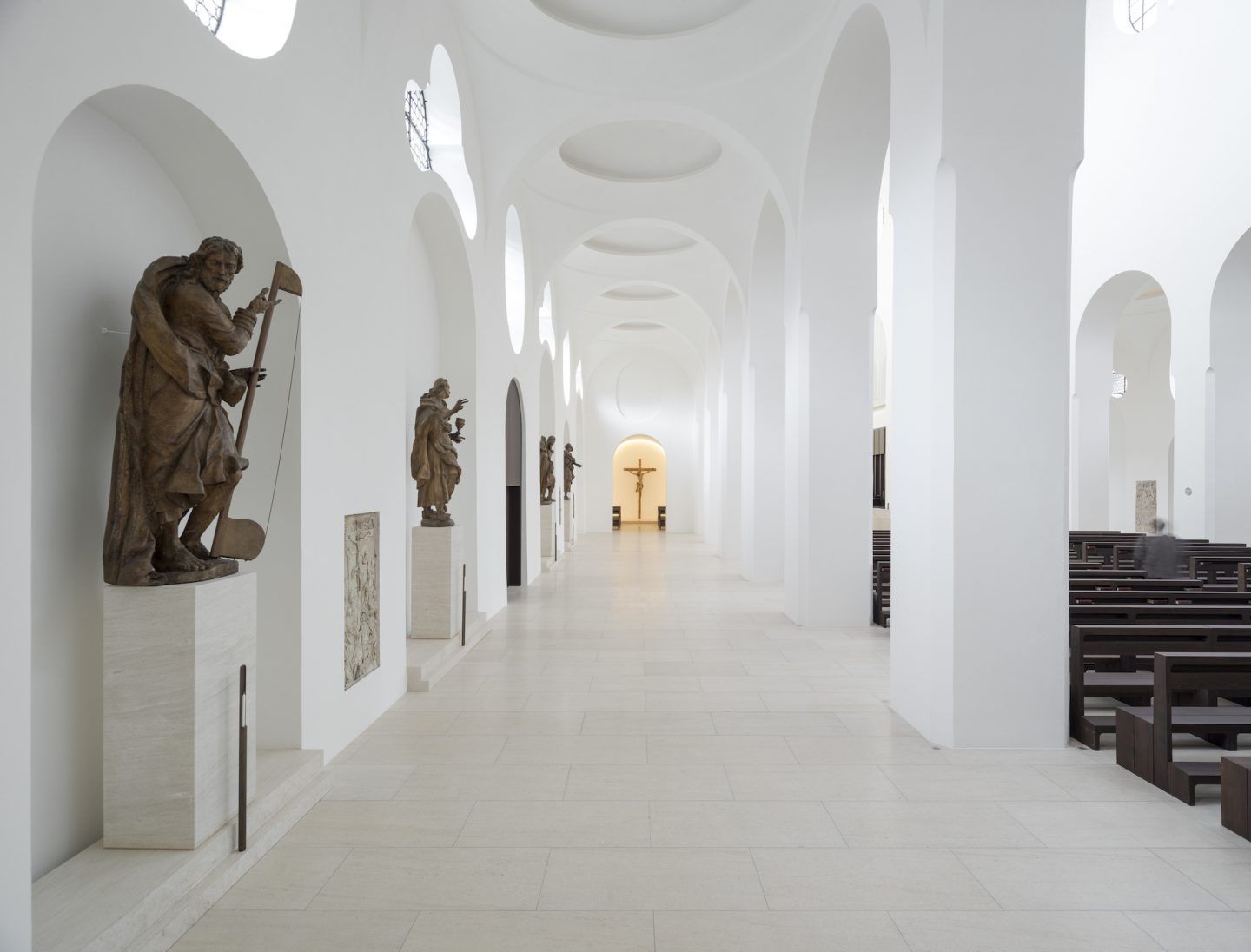
All images © Gilbert McCarragher
